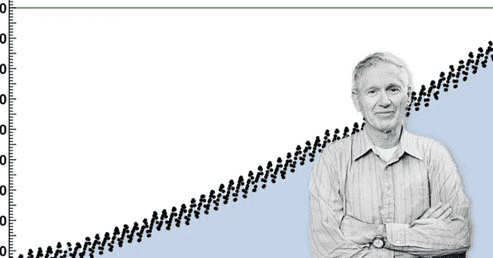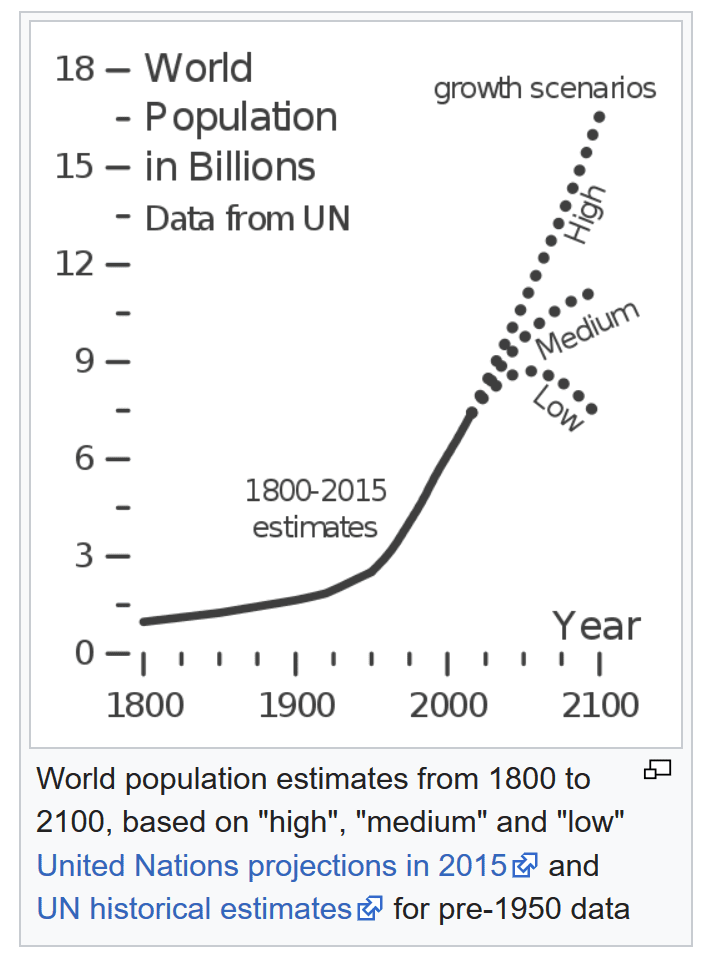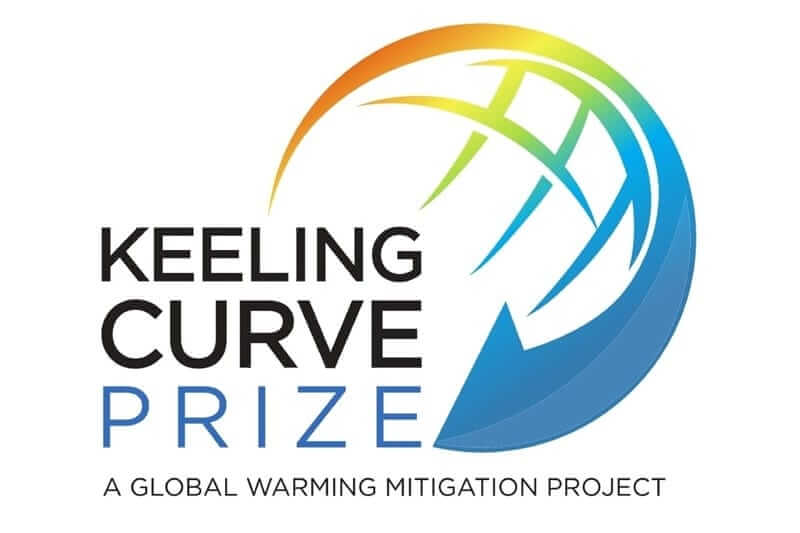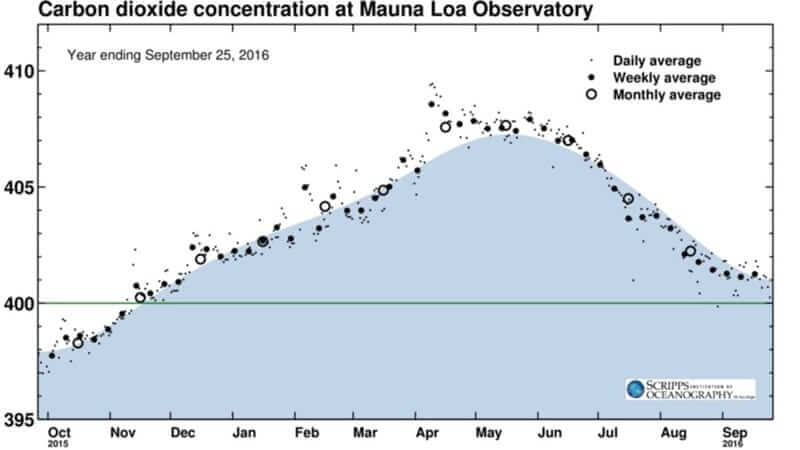The Keeling Curve Prize And Paradigm Change
The world was once imagined as the center of the universe with the moon, planets, sun, and stars revolving around it. Then science suggested that the planets revolved around the sun, and the sun traveled within a universe of stars. This challenge to the status quo had disruptive results as Copernicus and Galileo discovered. For the past 150 years or so humankind has been operating on the withdrawal of deposits of ancient sunlight, a practice which has led to unfortunate unintended consequences.
Now, it takes between tens of millions and hundreds of millions of years for sunlight to become the deposits we know as fossil fuels. About 70 percent of current oil deposits are derived from the Mesozoic period, which lasted from 65 million years to 150 million years ago. This is a very time-consuming method of capturing the energy of sunlight. Besides the fact that the deposits are finite and expensive to extract, we also have to come to terms with the unintended consequences to our Earth’s natural balancing systems.

In 1956, Charles David Keeling began daily monitoring of the concentrations of CO2 in the atmosphere. He found some surprising patterns emerging from his data. First, he saw that the concentration fluctuated daily: he saw a decrease during the day and an increase during the night. Second, he saw that seasonally the concentrations fell during the sunny months and built up during the wintry months. He postulated that the Earth was respiring through the action of plant photosynthesis. Finally, and perhaps the most compelling, his data demonstrated a year-over-year increase in the concentration of CO2, now known as the Keeling Curve. Since fossil fuels carry a carbon isotope thumbprint, it became possible to demonstrate that increased fossil fuel use overpowers Earth’s delicate balance of respiration. The excess would cause global warming, with predicted consequences.

The extraction of ancient sunlight certainly has increased the carrying capacity of the Earth. If we look at the Keeling Curve and superimpose a graph of population growth, we can see the obvious correlation: using ancient sunlight has enabled more people. We also know that as a result of this path we are experiencing the converging crises of climate change: resource depletion, run-away tech, genocidal economic dysfunction, mass extinction and the distinct possibility of civilization collapsing.
We could go on and on about our lack of response. It is important to remind ourselves that the complicated story of harvesting ancient sunlight is being disrupted by a new story of harvesting current sunlight and storing the harvest for use at night. This new paradigm change is based on the availability of decarbonized, decentralized, and democratized energy from sunlight shining every day. Renewable energy is now at parity with ancient Sunlight, and it will continue to drop in price. The question is no longer ‘if’ ancient sunlight will be replaced, but ‘when.’ I wonder why continued exploitation of ancient sunlight has gotten as far as it has.
In a linear system, we can predict that 1+1=2. We get comfortable with knowing an outcome. We now understand that seemingly small contributions can have quite large effects: a concentration of 400 ppm is like 40¢ in a $1000.00, yet the effects are trillions of dollars in climate-related damages. In ecological systems thinking we have to consider that 1+1=4.
When we adopt this kind of thinking, we no longer know what the outcome is going to be. What we can do is watch for emerging patterns that suggest a possible result. In the case of moving from harvesting ancient to current sunlight, we can see what solutions may show promise, and try to nurture the ones that we would like to see in our future.

This is the nature of the Keeling Curve Prize. The organization tells us:
“We want to find the projects that are beyond the conception stage, needing the momentum to become successful in our changing world. Our focus is emissions mitigation, which is the best way to ensure future generations will be able to continue a prosperous life on this planet. Our prize is only a step in encouraging viable projects to become game changers in the future.”
The inaugural Keeling Curve Prize was in 2018, and two Boulder companies were prize winners: Bolder Industries and the Savory Institute. This year, Odyssey Software of Boulder is a selected finalist. The 2019 Keeling Curve Prize winners will be announced on June 28th in Aspen Colorado (you may RSVP here). The 2019 finalists come from around the globe. We are letting you know about the prize because you may have a project waiting for prize recognition or you may know of a worthy project that doesn’t yet know of the prize’s existence.
We envision a drawing down of the Keeling Curve in the coming years. We don’t know what it will be exactly, but through our work and the recognition of work contributing to a finer future, we press on. Here is the vision we would like you to remember:

